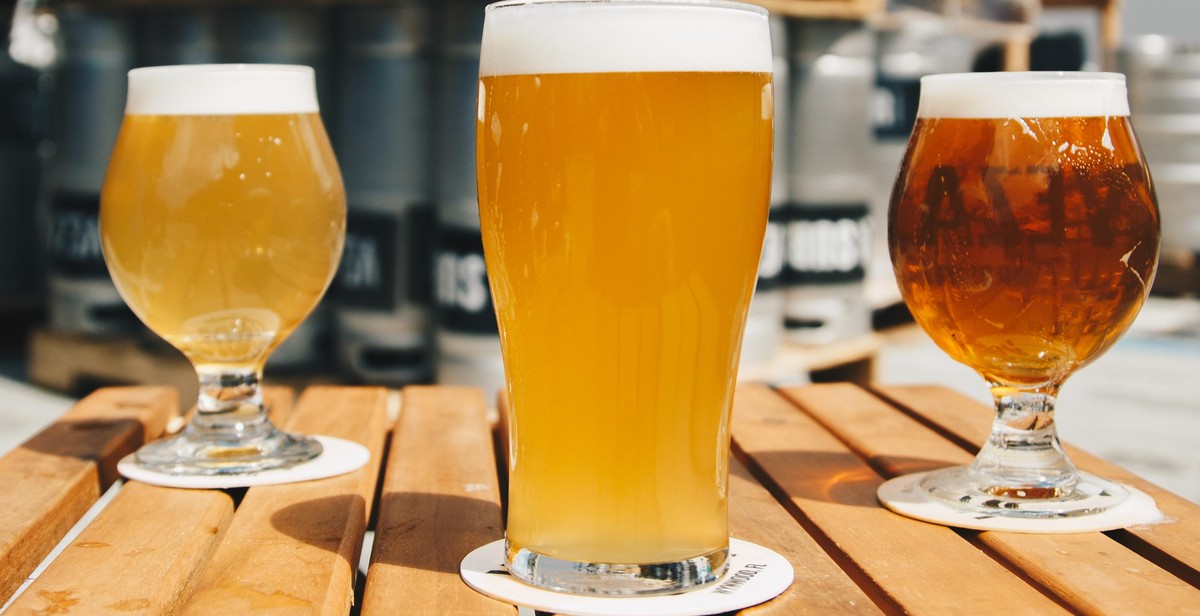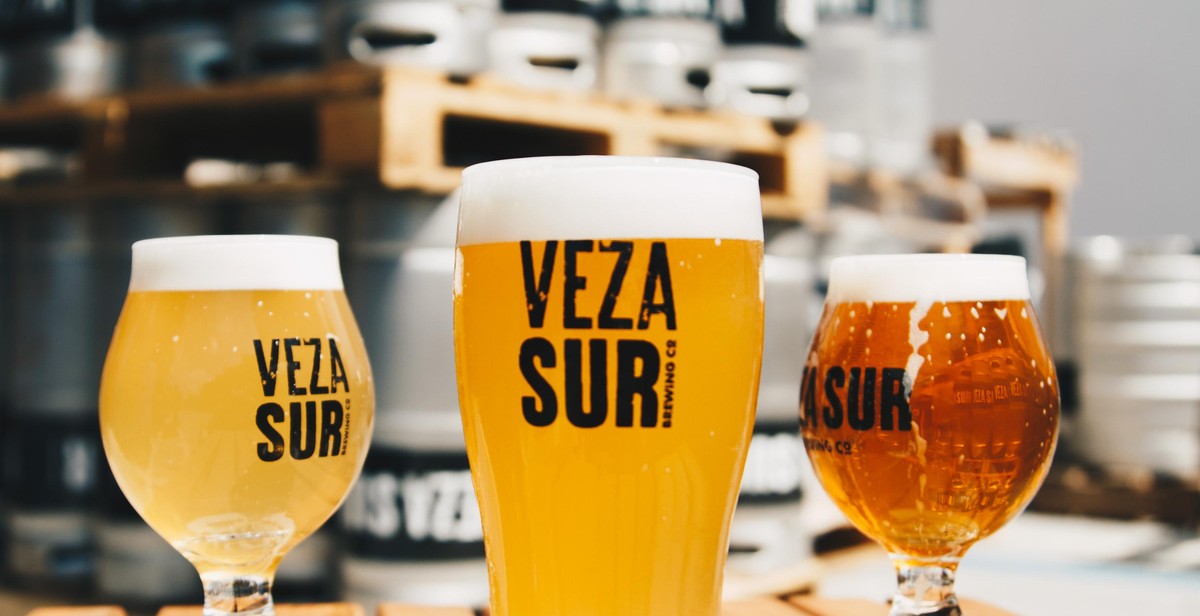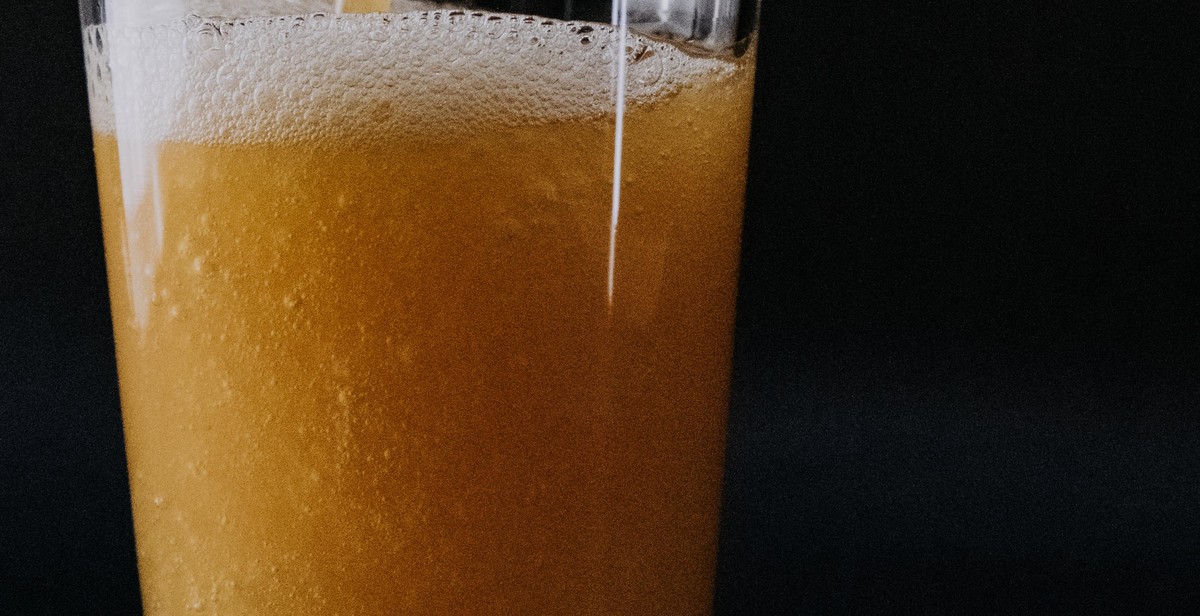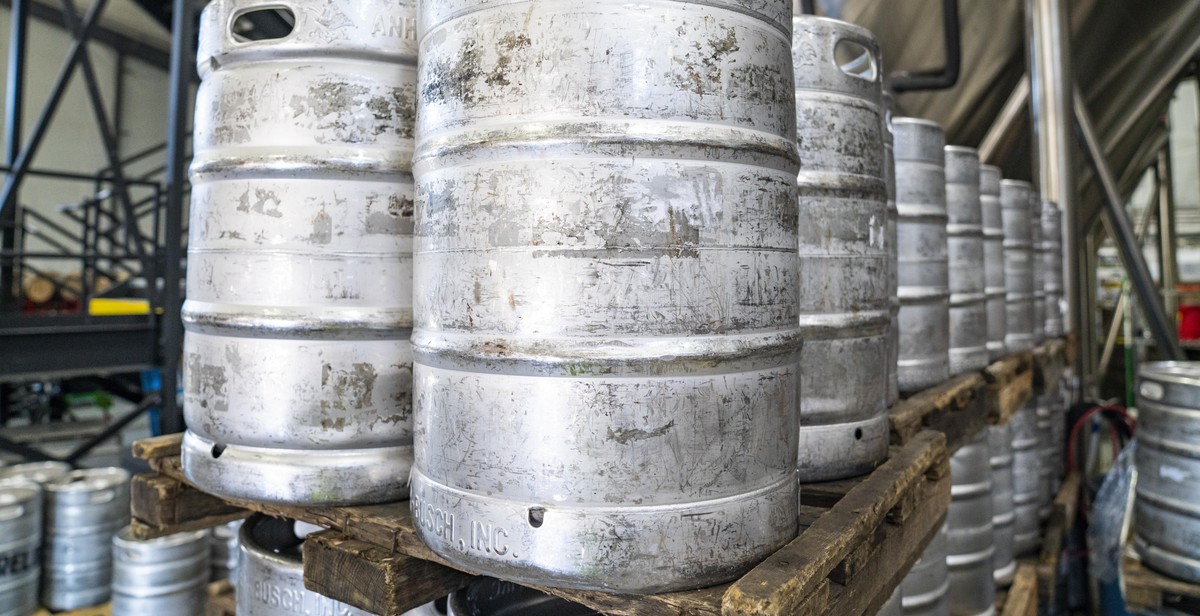How to Brew Beer with Barrel Aging: Infusing Complexity and Depth of Flavor
If you’re a beer enthusiast, you’ve probably heard of barrel aging. It is a process where beer is aged in oak barrels previously used to store wine, whiskey, or other spirits. This process is known to impart unique flavors and aromas to the beer, adding complexity and depth of flavor that cannot be achieved through traditional brewing methods.
Barrel aging has become increasingly popular in the craft beer industry, with many breweries experimenting with different types of barrels and aging times. The process involves transferring the beer to the barrel, where it is left to age for a period of weeks or months. During this time, the beer absorbs the flavors and aromas from the wood, as well as any residual flavors from the previous contents of the barrel.
What is Barrel Aging?
Barrel aging is a process that has been used for centuries in the production of wine and spirits. The process involves storing the liquid in oak barrels, which are known to impart unique flavors and aromas to the liquid. The same process is now being used in the brewing of beer, with brewers using oak barrels to age their beer and impart unique flavors and aromas.
Barrel aging has become popular among craft brewers, who are always looking for new and innovative ways to create unique beers. The process is known to add complexity and depth of flavor to the beer, making it more interesting and enjoyable to drink.
In the next sections, we will discuss the benefits of barrel aging, the different types of barrels used in the process, and how to brew beer with barrel aging.

Selecting the Right Barrel
Choosing the right barrel for aging your beer is crucial to achieving the desired flavor profile. Here are some factors to consider when selecting a barrel:
Types of Barrels
There are several types of barrels available for aging beer, including oak, bourbon, wine, and whiskey barrels. Each type of barrel imparts a unique flavor to the beer. Oak barrels are the most common and versatile type of barrel used in beer aging. Bourbon barrels add a sweet and smoky flavor, while wine barrels provide a fruity and tart taste. Whiskey barrels, on the other hand, offer a bold and rich flavor to the beer.
Size of Barrels
The size of the barrel also plays a significant role in the aging process. The larger the barrel, the longer it takes for the beer to mature and develop its flavor. Small barrels, such as 5-gallon barrels, are ideal for experimental batches, while larger barrels, such as 55-gallon barrels, are suitable for commercial brewing.
Wood Type
The type of wood used in the barrel also affects the taste of the beer. American oak is the most commonly used wood for beer aging, but other woods, such as French oak, cherry, and maple, can also be used to add unique flavors to the beer.
Barrel Condition
The condition of the barrel is also crucial to the aging process. New barrels provide a stronger flavor, while used barrels offer a milder taste. Before using a new barrel, it is recommended to rinse it with hot water to remove any impurities or debris. Used barrels should be inspected for any signs of damage or contamination before use.
| Factor | Description |
|---|---|
| Types of Barrels | Different types of barrels offer unique flavor profiles |
| Size of Barrels | The size of the barrel affects the aging process |
| Wood Type | The type of wood used in the barrel affects the flavor of the beer |
| Barrel Condition | The condition of the barrel is crucial to the aging process |

Preparing the Barrel
Before you can start barrel aging your beer, it is crucial to properly prepare the barrel. This involves two main steps: cleaning and sanitizing, and soaking the barrel.
Cleaning and Sanitizing
The first step in preparing the barrel is to clean and sanitize it. This is important because any residual dirt or bacteria can negatively impact the flavor and quality of your beer. Here’s how to do it:
- First, rinse the barrel with hot water to remove any loose debris.
- Next, fill the barrel with a cleaning solution. You can use a commercial barrel cleaner or make your own solution by mixing equal parts hot water and white vinegar.
- Let the solution sit in the barrel for at least 24 hours, rotating the barrel occasionally to ensure all surfaces are cleaned.
- After 24 hours, empty the cleaning solution and rinse the barrel thoroughly with hot water.
- Finally, sanitize the barrel by filling it with a solution of potassium metabisulfite or another food-grade sanitizer. Let the solution sit in the barrel for at least 10 minutes before emptying it and rinsing the barrel with hot water.
Soaking the Barrel
Once your barrel is cleaned and sanitized, it’s time to soak it. Soaking the barrel before adding your beer helps to prevent leaks and ensures that the wood is properly hydrated. Here’s how to do it:
- Fill the barrel with hot water and let it sit for at least 24 hours.
- After 24 hours, check the barrel for leaks. If you notice any leaks, you can seal them with beeswax or paraffin wax.
- Empty the water from the barrel and fill it with your beer.
By properly cleaning, sanitizing, and soaking your barrel, you’ll be able to create a flavorful and high-quality barrel-aged beer.

Brewing the Beer
Choosing the Right Beer Recipe
When it comes to brewing beer with barrel aging, it is essential to start with the right recipe. Choose a recipe that will complement the flavors that the barrel will impart on the beer. Dark beers with high alcohol content, such as stouts, porters, and barleywines, are ideal for barrel aging. These beers have a robust flavor profile that can stand up to the complexity and depth of flavor that barrel aging brings.
Fermentation Process
The fermentation process is crucial to the success of barrel-aged beer. Use a high-quality yeast strain that can handle the high alcohol content and the extended fermentation period. The yeast strain should also complement the flavors of the beer and the barrel. During fermentation, it is essential to monitor the temperature and gravity of the beer regularly. This will ensure that the fermentation process is progressing correctly and that the beer is developing the desired flavors.
Preparing the Beer for the Barrel
Before transferring the beer to the barrel, it is essential to prepare it properly. Clean and sanitize the barrel thoroughly to ensure that no unwanted bacteria or flavors are introduced to the beer. Before filling the barrel, rinse it with hot water to remove any residue. Once the barrel is clean, fill it with water and let it sit for a few hours to ensure that it is watertight. After this, empty the barrel and fill it with the beer, leaving enough space for the beer to expand during fermentation.
It is essential to monitor the beer regularly while it is in the barrel. As the beer ages, it will absorb flavors from the barrel, and the alcohol content will increase. Taste the beer regularly to ensure that it is developing the desired flavor profile. Once the beer has reached the desired level of complexity and depth of flavor, it is ready to be bottled or kegged.
In summary, choosing the right beer recipe, following a proper fermentation process, and preparing the beer for the barrel are critical steps in brewing beer with barrel aging. By following these steps, you can create a unique and flavorful beer that will impress even the most discerning beer enthusiasts.

Aging the Beer in the Barrel
Barrel aging is a traditional method of brewing that has been used for centuries. Aging beer in a barrel can add complexity and depth of flavor to the final product. The process involves storing the beer in an oak barrel for a certain period of time, allowing the beer to absorb the flavors and aromas of the wood.
Timeframe for Aging
The length of time required for aging beer in a barrel can vary depending on the type of beer being brewed, the type of barrel used, and the desired flavor profile. Typically, beer is aged for a period of several months to a year. During this time, the beer will undergo a series of chemical reactions that will change its flavor and aroma.
Monitoring the Beer
During the aging process, it is important to monitor the beer regularly to ensure that it is developing properly. This can be done by taking samples of the beer and tasting them periodically. The brewer should also check the barrel for any signs of contamination or spoilage, such as mold or off-flavors. If any issues are detected, the beer should be removed from the barrel and discarded.
Flavor Profile Development
As the beer ages in the barrel, it will develop a unique flavor profile that is influenced by the type of barrel used and the length of time the beer is aged. The oak in the barrel will impart flavors of vanilla, caramel, and toasted bread, while the beer will take on a slightly sour or acidic taste from the bacteria present in the wood. The longer the beer is aged, the more complex and intense its flavor profile will become.
| Flavor/Aroma | Source |
|---|---|
| Vanilla | Oak |
| Caramel | Oak |
| Toasted bread | Oak |
| Acidic/sour | Bacteria in the wood |
Overall, barrel aging is a time-consuming but rewarding process that can add complexity and depth of flavor to beer. By monitoring the beer carefully and allowing it to age for the appropriate amount of time, brewers can create unique and flavorful beers that are sure to impress.

Bottling and Enjoying Your Barrel Aged Beer
After the barrel aging process is complete, it’s time to bottle your beer. Here’s how to do it:
Bottling Process
- Clean and sanitize your bottles and equipment.
- Prepare your priming solution by boiling water and adding sugar. Allow it to cool.
- Rack your barrel aged beer into a bottling bucket, leaving behind any sediment.
- Add the priming solution to the bottling bucket and stir gently.
- Fill each bottle with the beer, leaving about an inch of headspace.
- Cap the bottles and store them in a cool, dark place for at least two weeks to allow for carbonation.
Serving
Once your barrel aged beer is carbonated, it’s time to serve and enjoy. Here are some tips:
- Chill your beer to the appropriate temperature for the style.
- Pour it into a clean glass, leaving behind any sediment.
- Take a moment to appreciate the aroma and appearance of the beer.
- Sip and savor the complex, nuanced flavors imparted by the barrel aging process.
Conclusion
Bottling and enjoying your barrel aged beer is the final step in a long and rewarding brewing journey. With proper technique and attention to detail, you can create a beer that is truly unique and unforgettable.
